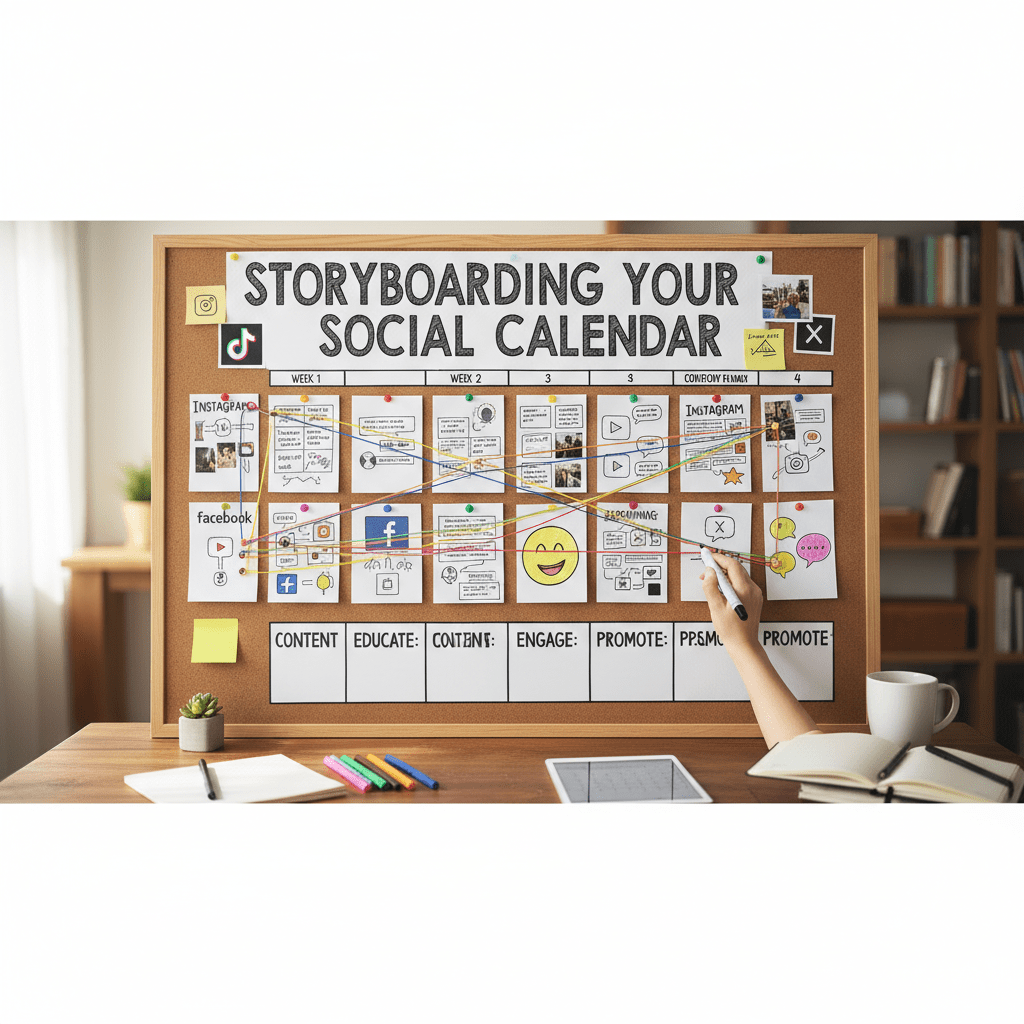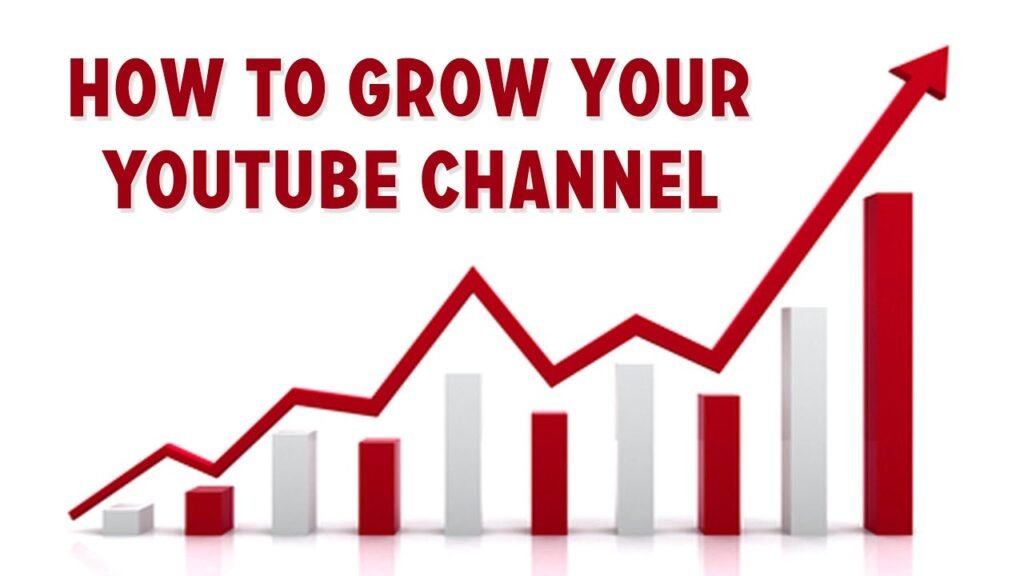Introduction
Social media is no longer about posting random updates whenever you feel like it. To build a consistent online presence and engage your audience effectively, you need a well-planned social media calendar. Storyboarding is one of the best methods to visualize and plan your content in advance.
By treating your social media calendar like a storyboard, you can align posts with campaigns, create a logical flow, and ensure every piece of content serves a purpose.
What is Storyboarding for Social Media?
Storyboarding, traditionally used in filmmaking, is the process of creating a visual plan of content sequences. When applied to social media:
- Each post becomes a “scene” in your brand’s story.
- The sequence of posts aligns with a broader campaign or goal.
- You create a cohesive narrative rather than random, disconnected posts.
Benefits of Storyboarding Your Social Media Calendar
- 🎯 Clarity & Direction – Know exactly what you’re posting and why.
- 📅 Consistency – Maintain a regular posting schedule.
- 📈 Improved Engagement – Build stories that keep audiences hooked.
- ⏳ Time Efficiency – Save time by planning visuals, captions, and hashtags in advance.
- 🤝 Team Collaboration – Everyone knows what’s coming next.
Steps to Storyboard Your Social Media Calendar
✅ 1. Define Your Goals
Before creating your storyboard, decide:
- Are you aiming for brand awareness, lead generation, or sales?
- Is this campaign seasonal, product-focused, or engagement-driven?
✅ 2. Identify Your Audience
Know who you’re speaking to. For example:
- A B2B audience might respond better to LinkedIn case studies.
- A younger audience on Instagram may prefer reels, memes, and quick tips.
✅ 3. Outline Your Content Themes
Break your storyboard into content buckets:
- Educational (how-to guides, tips)
- Entertaining (memes, behind-the-scenes, polls)
- Promotional (product launches, discounts)
- User-generated content (testimonials, case studies)
✅ 4. Sketch Your Content Flow
Visualize posts as a sequence:
Example:
- Day 1 – Teaser reel about a product
- Day 2 – Educational carousel explaining its benefits
- Day 3 – Testimonial from a customer
- Day 4 – Behind-the-scenes video
- Day 5 – Call-to-action post with link
This creates a mini-story arc instead of standalone posts.
✅ 5. Choose Tools for Planning
Use digital storyboard and calendar tools like:
- Trello – for drag-and-drop content planning
- Canva Whiteboard – for visual mapping
- Notion – for content workflow management
- Buffer or Hootsuite – for scheduling and publishing
✅ 6. Add Captions, Hashtags, and Links
Each storyboard “frame” should include:
- Caption draft
- Suggested hashtags
- Visual mock-up
- CTA (e.g., “Shop now,” “Learn more,” “Join webinar”)
✅ 7. Review and Adjust
Your storyboard isn’t static. Analyze performance:
- Which types of posts perform best?
- Are your engagement rates improving?
- Should you add more video, carousels, or polls?
Refine your storyboard based on results.
Example: Ayurveda Brand Storyboard
For promoting Nature Mayaa on Instagram and Telegram:
- Day 1: Teaser reel: “The secret to natural immunity”
- Day 2: Carousel explaining health benefits
- Day 3: Customer testimonial video
- Day 4: Wellness tip with CTA linking to Nature Mayaa
- Day 5: Flash offer post
Conclusion
Storyboarding your social media calendar helps transform random content into a structured brand narrative. By planning posts as part of a bigger story, you’ll keep your audience engaged, boost conversions, and save time on execution.
Instead of posting on-the-fly, start storyboarding your content calendar today and see the difference in brand consistency and performance. Need Help to create your story boarding content calender : contact Techstertech.com



